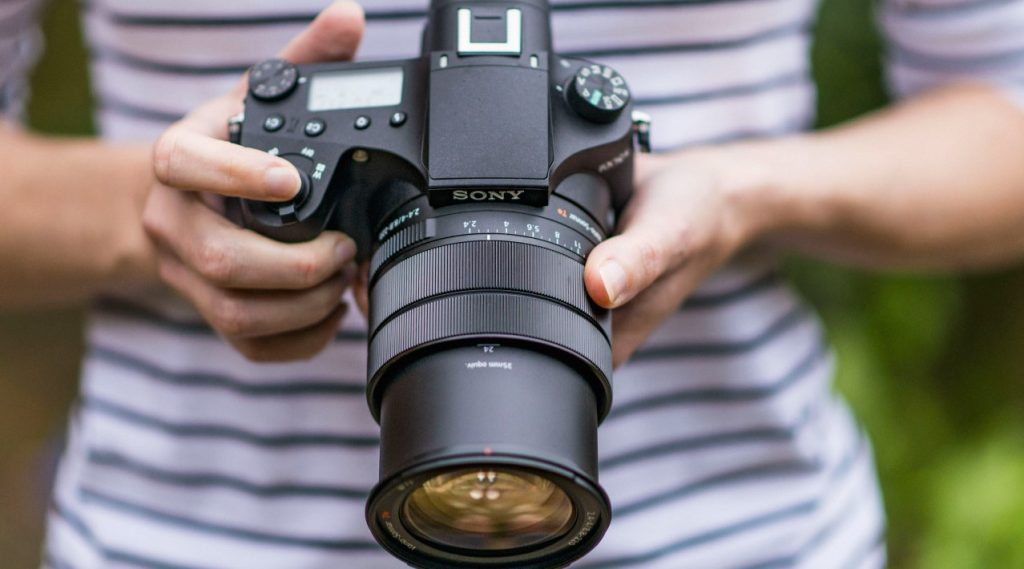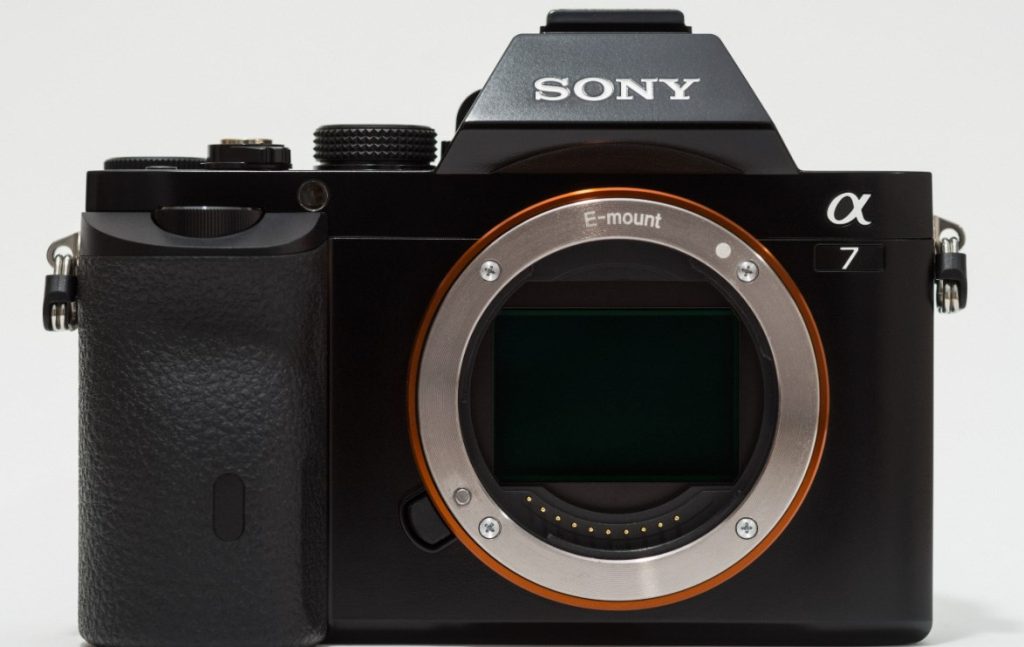The back camera on your phone is an essential tool for capturing memories, sharing moments, and documenting life’s adventures. But what happens when that trusty camera suddenly stops working? A non-functional back camera can be frustrating, but fear not! This guide will walk you through some common reasons why your back camera might be acting up, along with troubleshooting steps to get you snapping pictures again in no time.

Part 1: Simple Solutions – Quick Fixes Before Diving Deeper
Restart Your Device:
This age-old advice applies to camera issues as well. A quick and simple restart can often refresh your phone’s software, effectively resolving temporary glitches that might be hindering the camera app’s functionality. To perform a restart, hold down the power button of your device. A menu may appear prompting you to select “restart” or “reboot,” depending on the specific model of your device.
By restarting the device, the operating system is refreshed, potentially addressing any temporary issues that may be affecting the camera’s performance. This simple troubleshooting step can often clear up minor software conflicts or glitches that could be causing the camera to malfunction. Furthermore, restarting the device is a non-intrusive and straightforward solution that can be attempted before exploring more complex troubleshooting methods. In many cases, a simple restart can prove to be an effective remedy for various camera-related issues on mobile devices.
Force Close the Camera App:
Sometimes, the camera app itself might encounter a bug. Force closing the app and restarting it can clear any temporary issues. The specific method for force closing apps may vary depending on your phone’s operating system. Consult your device manual or a quick online search for specific instructions.

Clean the Lens:
A dirty or smudged lens can significantly impact image quality and even cause the camera app to malfunction entirely. Gently wipe the lens with a soft, microfiber cloth to remove any fingerprints, dust, or debris. Avoid using harsh chemicals or abrasive cloths that might scratch the lens.
Part 2: Software Issues – Investigating Potential Bugs and Updates
Check for Software Updates:
Outdated software can sometimes lead to camera problems on your mobile device. To address this issue, you can navigate to your phone’s settings and check for any available software updates. It’s important to regularly check for updates, as installing the latest software version can resolve known bugs or compatibility issues that might be affecting the performance of your camera app.
Updating the software ensures that your device’s operating system and associated applications, including the camera app, are equipped with the latest improvements, security patches, and bug fixes released by the manufacturer. This can ultimately enhance the stability and functionality of the camera, addressing any issues that may have arisen due to outdated software. By staying up to date with software updates, you can help ensure that your mobile device operates smoothly and efficiently, minimizing the occurrence of camera-related problems and other potential issues associated with outdated software. Therefore, regularly checking for and installing software updates is a recommended practice for maintaining the optimal performance of your device’s camera.
Reset Camera Settings:
If the issue persists, consider resetting the camera app’s settings to default. This can clear any incorrect configurations that might be causing problems. The location of this setting may vary depending on your phone model, but it’s typically found within the camera app’s settings menu.
Part 3: Hardware Concerns – When the Problem Might Be Physical
Case Interference:
Some phone cases, especially bulky or ill-fitting ones, can obstruct the camera lens or interfere with the flash. Try removing your phone case temporarily and see if the camera starts functioning again. If it does, consider using a slimmer case that doesn’t block the camera.
Physical Damage:
If your phone has recently suffered a drop or been exposed to water, there’s a possibility that the camera hardware itself may have sustained damage. Physical damage to the camera components can significantly impact its functionality. In such cases, it’s advisable to seek professional repair services to address the issue effectively.
Attempting to fix the camera yourself, especially without the necessary expertise and tools, can potentially worsen the damage and complicate the repair process. DIY repairs may inadvertently cause additional harm to the hardware, rendering the camera irreparable or voiding any existing warranty. Therefore, it’s essential to exercise caution and refrain from attempting self-repairs when it comes to addressing physical damage to the camera on your mobile device.

By consulting a qualified technician or authorized service provider, you can ensure that the camera hardware is assessed, diagnosed, and repaired using the appropriate tools and techniques. Professional repair services are essential for addressing physical damage to the camera, safeguarding its functionality and preserving the overall integrity of your mobile device.
Part 4: Seeking Help from the Professionals
Contact Customer Support:
If you’ve exhausted all the troubleshooting steps and your camera remains non-functional, it’s time to reach out to your phone’s manufacturer or carrier’s customer support. They can offer further assistance in diagnosing the problem and may recommend repair options.
Warranty Coverage:
Check your phone’s warranty status. If your phone is still under warranty, camera malfunctions are often covered by the manufacturer’s warranty. Contact your phone’s manufacturer to initiate a warranty repair claim.
Part 5: Preventive Measures – Keeping Your Back Camera Happy
Update Regularly:
Maintaining your phone’s software with the latest updates is crucial for optimal performance, including camera function. Make it a habit to check for and install software updates whenever they become available.
Invest in a Case:
A well-fitting phone case can protect your phone from accidental drops and bumps that could potentially damage the camera hardware. Choose a case that’s specifically designed for your phone model and ensures it doesn’t obstruct the camera or flash.

Handle with Care:
Treat your phone with care to avoid accidental damage. Be mindful of where you place it and avoid dropping it. Consider using a screen protector and a phone case for added protection. By following these tips and taking proactive measures, you can keep your back camera functioning smoothly. You can continue capturing those special moments for years to come. Remember, if the issue seems beyond your troubleshooting skills, don’t hesitate to seek help from professionals. They can help get your camera back up and running.



